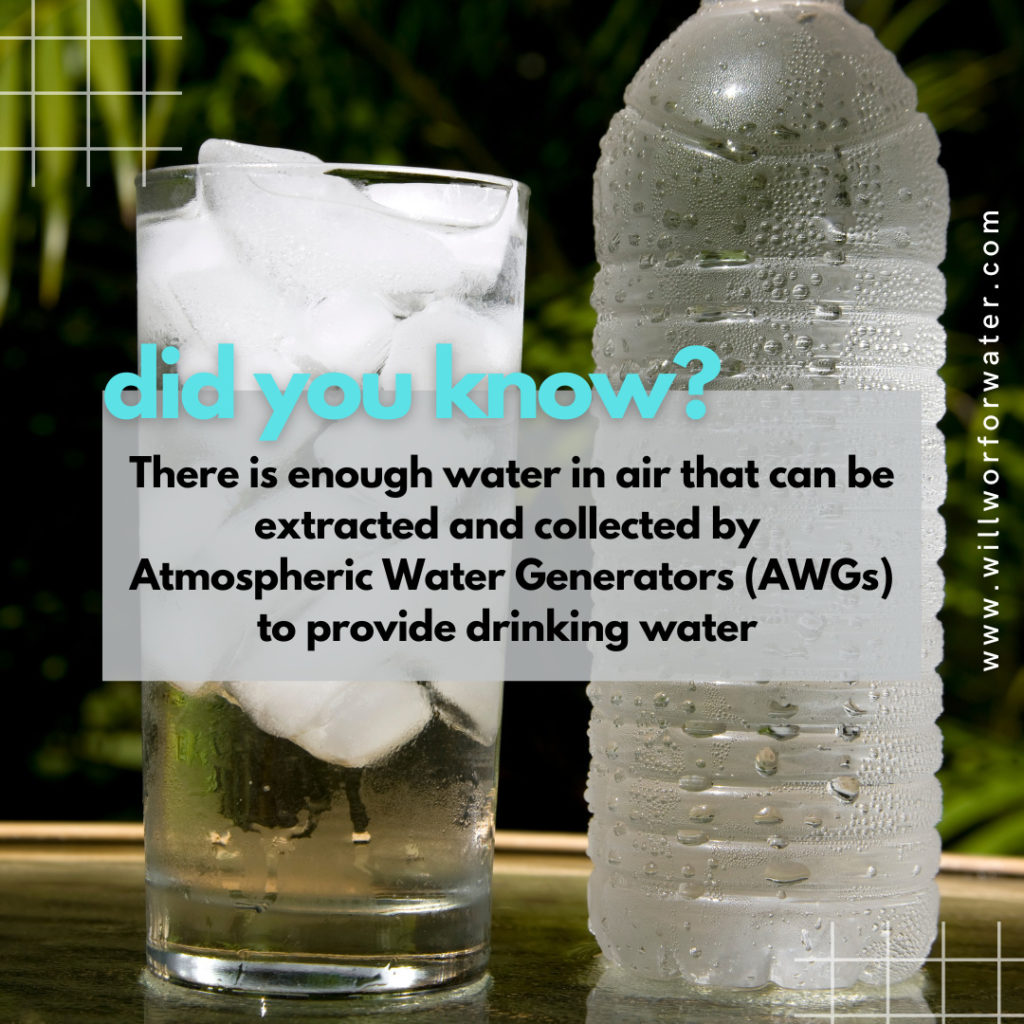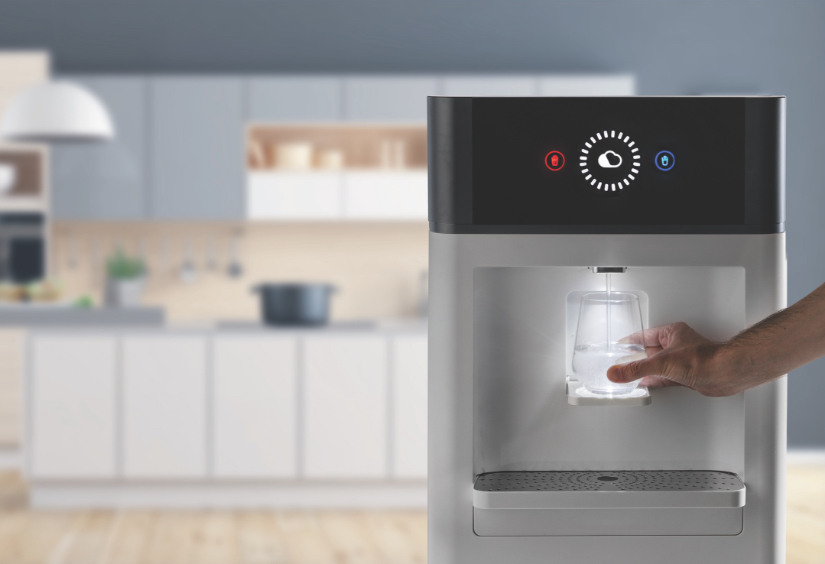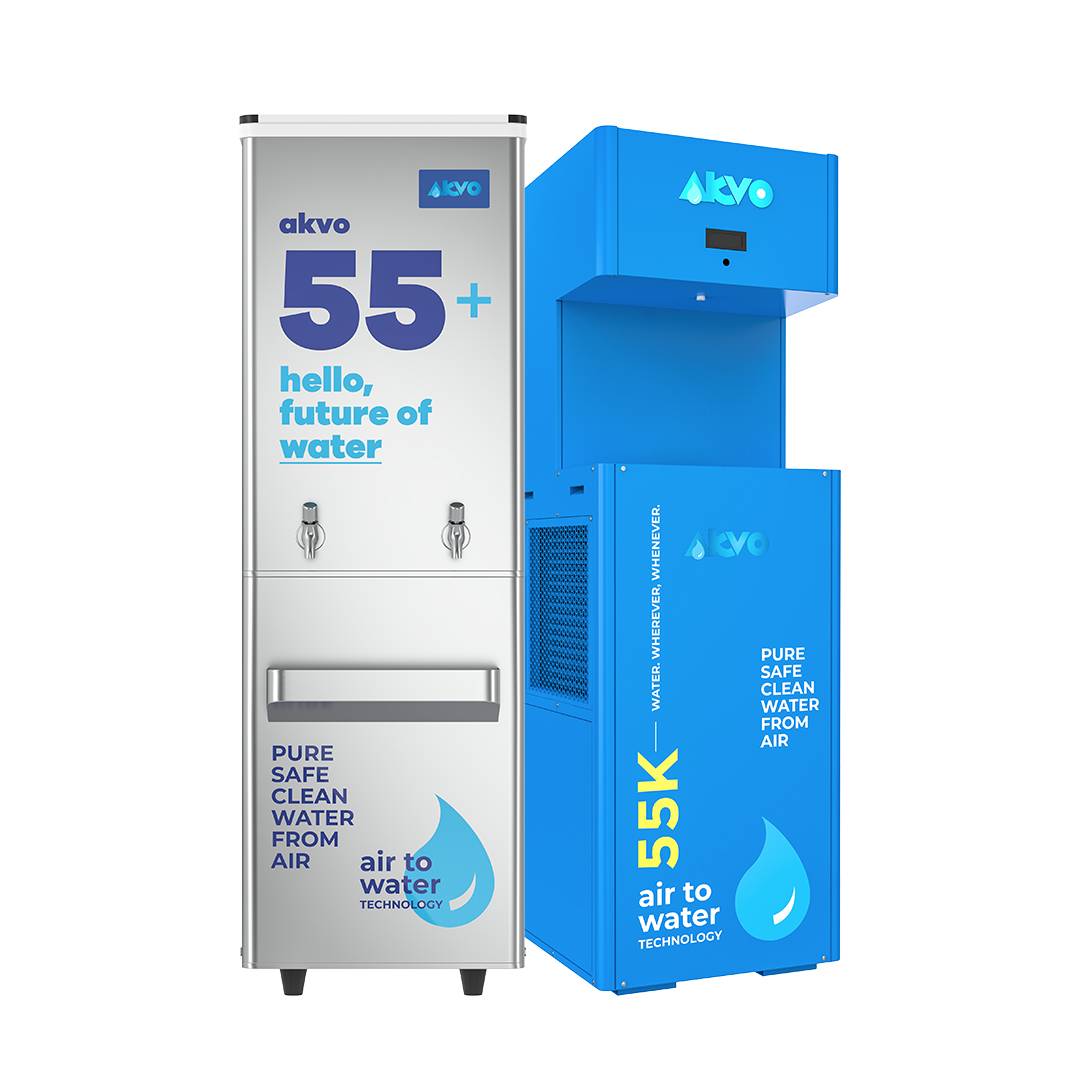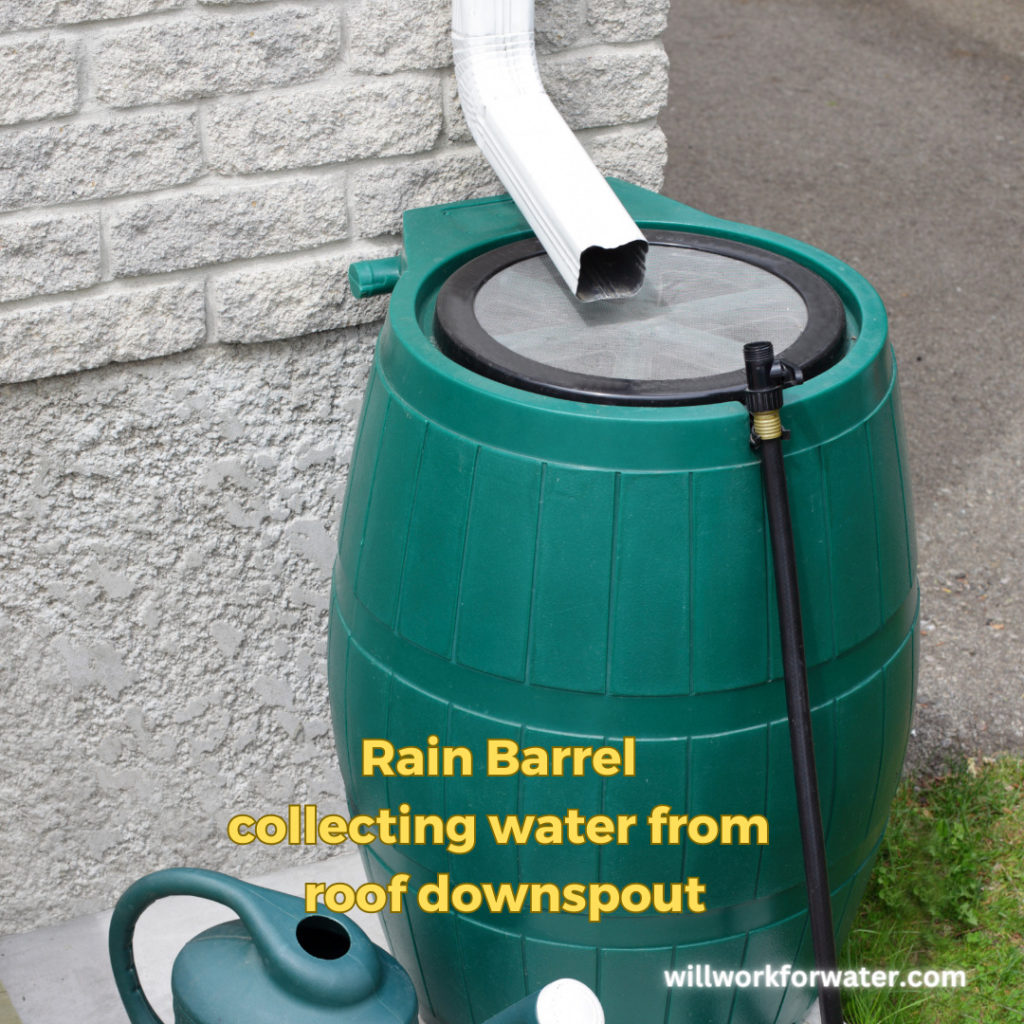Introduction
In an era of growing environmental concerns and the need for sustainable solutions, innovative technologies like Atmospheric Water Generators (AWGs) are gaining significant attention. These revolutionary devices have the potential to extract water from the air we breathe, providing a promising solution to water scarcity in various regions around the world. In this article, we will explore what AWGs are, how they work, their advantages, applications, and environmental considerations.
What is an Atmospheric Water Generator (AWG)?
Atmospheric Water Generators, as the name suggests, are machines that draw moisture from the surrounding air and convert it into potable water. These appliances utilize cutting-edge technology to extract water vapor from the atmosphere, condense it into liquid form, and store it for consumption.
How Does an Atmospheric Water Generator (AWG) Work?

The working principle of an AWG is based on a three-step process: air intake, condensation, and filtration. The machine first intakes air, which passes through a series of filters to remove impurities and dust. The filtered air then enters a cooling chamber, where it is rapidly cooled, causing water vapor to condense into droplets. These droplets are collected and channeled into a storage tank. Subsequently, the collected water undergoes additional filtration to ensure its purity and safety for drinking.
Advantages of Using an Atmospheric Water Generator (AWG)
- Sustainable Water Source: AWGs offer a sustainable water source as they rely on the humidity present in the air, which is an abundant and renewable resource.
- Cost-Effective Solution: In regions where traditional water sources are scarce or expensive to access, AWGs provide a cost-effective alternative, reducing the dependence on costly water supply infrastructures.
- Independence from Water Infrastructure: AWGs empower communities and businesses to become self-reliant in water supply, making them less vulnerable to water shortages and disruptions in the water distribution network.
Applications of Atmospheric Water Generators
- Residential Use: AWGs can be installed in homes, providing a reliable and eco-friendly source of drinking water, especially in areas with limited access to clean water.
- Commercial and Industrial Use: Industries and businesses can integrate AWGs into their operations, ensuring a steady supply of water without relying on external sources.
- Emergency Relief and Humanitarian Aid: AWGs have proven invaluable in disaster-stricken areas and humanitarian missions, providing access to safe drinking water when traditional water sources are compromised.
Factors to Consider Before Purchasing an Atmospheric Water Generator (AWG)
Before investing in an AWG, several factors should be considered to ensure optimal performance and suitability:
- Water Production Capacity: Evaluate the machine’s water production capacity to match the water demand of your household or business.
- Energy Consumption: Assess the energy efficiency of the AWG to make an eco-friendly choice and minimize operational costs.
- Maintenance Requirements: Understand the maintenance needs of the AWG to ensure smooth functioning and longevity.
- Climate Suitability: Check if the AWG’s performance is suitable for the climate and humidity levels of your location.
Addressing Environmental Concerns
While AWGs present a promising solution to water scarcity, addressing their environmental impact is crucial:
- Energy Efficiency Measures: Manufacturers should focus on improving the energy efficiency of AWGs to reduce their carbon footprint.
- Responsible Disposal of Byproducts: Proper disposal of AWG byproducts, such as filters and condensate, is essential to avoid potential environmental hazards.
The Future of Atmospheric Water Generators
As technology continues to advance, AWGs are expected to become even more efficient, cost-effective, and accessible. With ongoing research and development, manufacturers are continuously working to improve the performance and reliability of AWGs. As a result, we can anticipate several exciting developments in the future of atmospheric water generation.
Enhanced Energy Efficiency: One of the primary areas of focus for AWG manufacturers is to enhance the energy efficiency of these devices. By reducing the energy consumption required for water extraction and condensation, AWGs can become more environmentally friendly and cost-effective to operate. This improvement will not only reduce the carbon footprint associated with generating water but also make AWGs more accessible in regions with limited energy resources.
Integration of Renewable Energy: To further promote sustainability, some AWG models are exploring the integration of renewable energy sources. By harnessing solar or wind power, these AWGs can operate off-grid, making them an ideal solution for remote and off-the-grid locations. This integration aligns with global efforts to transition towards cleaner and more sustainable energy solutions.
Smart and Connected AWGs: The future of AWGs is likely to see advancements in automation and connectivity. Smart AWGs equipped with sensors and IoT technology can optimize water production based on real-time atmospheric conditions. These devices could adjust their operation to maximize water extraction during periods of higher humidity or reduce energy consumption during drier conditions, further improving efficiency.
Modularity and Scalability: AWG manufacturers are exploring the concept of modular and scalable systems. These designs would allow users to add or remove modules based on their water demand, making AWGs customizable for various applications. Additionally, modular systems could simplify maintenance and repairs, ensuring that the device remains operational even if one module requires servicing.
Integration into Water Infrastructure: As the technology matures, AWGs may become an integral part of water infrastructure in urban areas. Governments and municipalities might consider integrating AWGs into existing water distribution systems to complement traditional water sources. This approach could diversify water supply options and provide an additional layer of resilience during water shortages or emergencies.
Conclusion
Atmospheric Water Generators offer a revolutionary solution to address water scarcity and promote sustainable water management. These innovative devices have the potential to change the way we access and utilize water, especially in regions facing water challenges. With ongoing research and advancements, AWGs are poised to become even more efficient, cost-effective, and accessible, contributing to a greener and more water-secure future for all.
FAQs about Atmospheric Water Generators
- How does an AWG extract water from the air? AWGs extract water from the air by drawing in ambient air, cooling it to condense the water vapor, and then filtering and storing the resulting liquid water.
- Can AWGs work in arid regions with low humidity? While AWGs perform best in areas with higher humidity, certain models are designed to work efficiently in arid regions as well. However, their water production capacity may be lower in extremely dry climates.
- Are there different sizes of AWGs available for residential use? Yes, AWGs are available in various sizes, catering to different water production needs. Residential users can choose from compact units suitable for individual households or larger systems capable of supplying water to entire communities.
- What are the maintenance requirements for an AWG? Regular maintenance for AWGs typically includes filter replacements, cleaning of condenser coils, and periodic checks for optimal performance. The manufacturer’s guidelines should be followed for specific maintenance requirements.
- Are AWGs eco-friendly and energy-efficient? AWGs are considered eco-friendly as they rely on a renewable water source—humidity in the air. Their energy efficiency varies depending on the model and technology used, but efforts are being made to improve efficiency and reduce energy consumption.
Some Atmospheric Water Generator (AWG) Products available in the market




